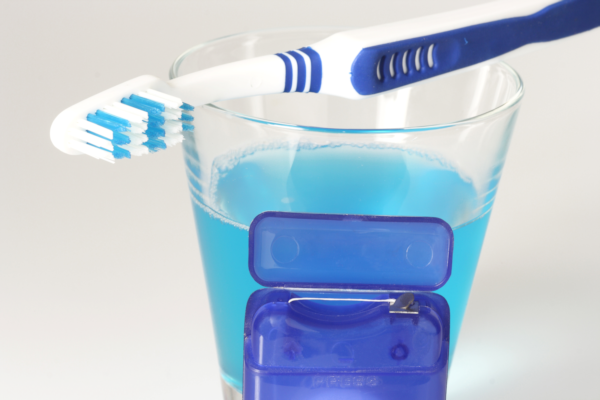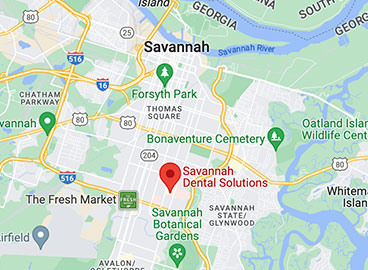A naturally occurring mineral that is well-known for its ability to reduce the risk of cavities, fluoride has been added to municipal water supplies since 1945. It is also a popular additive in toothpastes, and is sometimes prescribed at higher strengths than are available over the counter. Yet myths about fluoride are as old as its first use, and have found new life in the digital age. Here are the realities behind the most common fluoride myths.

Myth: Fluoride causes cancer.
Although this myth is rampant, it has been thoroughly and repeatedly debunked. In more than 50 epidemiological studies, performed at different times and focused on different genders and age groups, there has been zero evidence of any link between fluoride and cancer.
Myth: Fluoride causes behavior problems and even lowers IQ scores.
While it is true that a few foreign studies found a possible link between fluoride and problems with both behavior and intelligence, there are a number of red flags. First, the data collection methods were questionable, leading to unreliable data. Second, the studies were not peer-reviewed. Third, the levels of fluoride used in the studies were far higher than those used in the United States. Fourth, the studies failed to account for outside variables, including exposure to arsenic and contaminated grains.
Repeated studies within the United States have shown no ill effects from the fluoridation programs currently in use in this country. They have, however, shown tremendous benefits.
Myth: Ending water fluoridation is an excellent way for cash-poor communities to save money.
The reality is that community water fluoridation has a higher return on investment than any other public health strategy. According to the Centers for Disease Control and Prevention (CDC), communities of more than 20,000 residents pay only about 50 cents per person per year for water fluoridation. The cost of treating tooth decay, coupled with the loss of work hours due to dental treatments, is far greater.
Myth: Since fluoridated toothpaste is so readily available, the time for fluoridated water has passed.
Despite the easy availability of fluoridated toothpaste, both the American Dental Association (ADA) and the CDC continue to recommend water fluoridation at a level of 0.7ppm (parts per million). In fact, the prevalence of bottled water could actually be harming teeth, due to the lack of fluoride. Many dentists prescribe fluoride tablets to children who drink bottled rather than tap water, as well as those living in communities without fluoridated water.
Myth: Fluoride is not safe for infants and children.
This myth stems from a misunderstanding of a reasonably common benign condition. Dental fluorosis is a cosmetic issue that can cause faint white streaks or slightly darker staining of the teeth. It is generally caused by overexposure to fluoride before the age of eight. However, dental fluorosis does not cause any pain, nor does it affect the functionality or health of the teeth.
To minimize staining, dentists tend to monitor the amount of fluoride that young patients receive. This monitoring has given rise to the myth that fluoride is bad for kids, but in reality, the American Dental Association states that reasonable exposure to fluoride is safe for all ages.
Married dentists Chad and Alexandra Schnabel welcome you to Savannah Dental Solutions. From caring children’s dentistry to high-tech cosmetic procedures and even full-mouth reconstruction, we blend the latest technology with traditional customer-oriented values. To start your journey to better oral health, call us today at (912) 354-1366.


